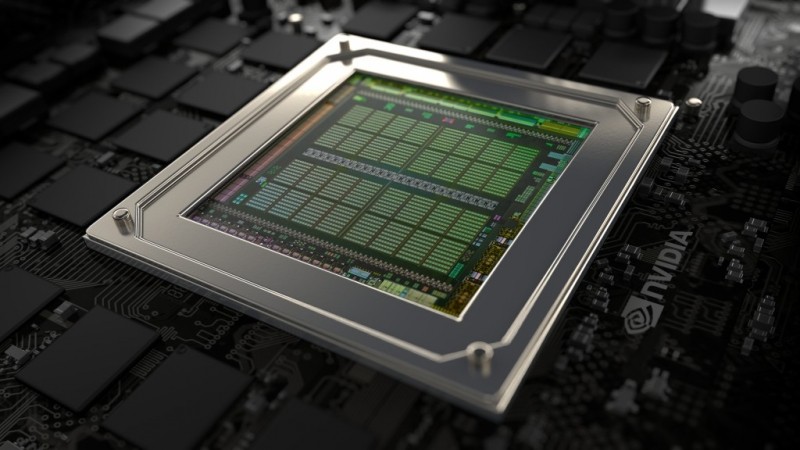
Nvidia has unveiled a new selection of mid-range discrete GPUs designed for laptops and other mobile systems, headed by the GTX 960M and GTX 950M. The company also launched three entry-level parts, the GTX 940M, 930M and 920M, which all promise better performance than Intel's integrated GPUs.
Both the 960M and 950M are Maxwell chips that use Nvidia's existing GM107 GPU with 640 CUDA cores. As one variant of the previous-generation 860M also used a GM107 core, the 960M gains performance from increased clock speeds, jumping up to a base clock of 1,096 MHz (from 1,029 MHz) with the same 128-bit, 5,000 MHz GDDR5 memory support.
The 950M is largely the same as the 960M and 860M, except it features a lower base clock of 914 MHz. Nvidia is also releasing a variant of the 950M that supports DDR3 memory at 2,000 MHz, which provides under half the memory bandwidth of the 5,000 MHz GDDR5 model.
Nvidia hasn't released a ton of information on the lower-end SKUs, the 940M, 930M and 920M, aside from giving vague performance metrics. The 920M is supposedly around 3x faster than Intel's HD Graphics 4400 GPU, while the 930M is 3.5x faster, and the 940M 4x faster. Both the 940M and 930M are Maxwell GM108 parts, while the 920M uses Kepler silicon.
As with most mobile GPU launches, notebook partners have simultaneously launched a selection of products that use the new GPUs. Most are simple upgrades of existing models, including the Alienware 13, Acer Nitro V, HP Omen, Asus G501, Razer Blade Pro, and Lenovo Y50.
https://www.techspot.com/news/60045-nvidia-launches-collection-new-mobile-geforce-gpus.html